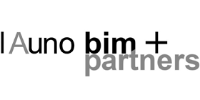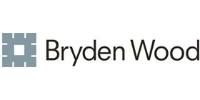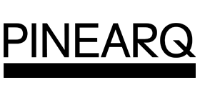

BENEFIT FROM SPECIAL TERMS ON REGISTRATION BEFORE NOVEMBER 29!
ASK YOUR PROGRAM ADVISOR!
The spectrum is broad because our innovative learning methodology enables different professional profiles to be developed in the same programme, learning from each other and establishing a networking relationship that will be very useful in the future.
The content is as follows:
This subject deals with the strategic, technical and human aspects that enable this to happen.
The content is as follows:
This activity is divided into two parts:
Part 1. Draft Project and Basic Project
During the first part, each team will define the general concept of the solution, and design the solution that it considers most appropriate from a multidisciplinary point of view. The challenge lies in simultaneously making progress, and finding a way to contribute to the overall solution from the outset. Two of the people involved in the projects are the Promoter and the final Operator, in roles adopted by master's degree teaching staff. Students thereby learn to negotiate the scope of the assignment and the final solution with the client, which in this workshop is divided between those making the investment and those exploiting the investment.
From the point of view of specialisation, this subject enables students to study in depth the areas that most interest them in their specialist field, while taking into account cross-disciplinary aspects, such as cost control and optimisation of the Operation and Maintenance phase.
While carrying out their project, students will be tutored and accompanied in class by the teaching staff who have taught them the previous subjects, helping them to apply everything they have learned in a real and open case.
Part 2. Construction and Operations and Maintenance Project
During the second part, what students have learned in the BIM subjects for Pre-Construction, Operations and Maintenance in each specialist field will be applied in the context of the project that was begun in the first part of the project.
As in the previous case, the activity is carried out on a multidisciplinary basis, so that each student will apply what they have learned in the project from the perspective of the knowledge areas they want to study in more depth. Their work will be tutored and accompanied by the same teachers who provided their prior instrumental training.
It is also necessary to convey the added value that is being offered to the client, since the success of most projects in which BIM is implemented depends on this ability. To do so, it is necessary to learn how to interview a client, in order to determine what they really need and consider valuable.
Finally, it is necessary to learn how to implement innovation both at the organization and project level. This means learning to change both organizational structures and habits in human and contractual relationships.
The content is as follows:
BIM opens up a wide range of possibilities, in which everyone has the opportunity to develop the services with which they feel most comfortable and capable. Students will also find out which opportunities provide a response to the real needs of the market. They will therefore develop an entrepreneurial attitude that will accompany them throughout their lives.
The valuable professionals of the present and of the future are those who provide value and innovation in their professional development, regardless of the position they occupy. The labor market demands excellent candidates who are able to think judiciously, based on arguments and foundations. People capable of adapting to constantly changing environments are also highly valued.
For this reason, we incorporate the Lean Start-up methodology in our program, for students to learn to develop a new service or improve an existing one so that a real customer can assess their suitability.
This enables students to cover the subject that interests them most based around BIM, enabling them to grow beyond the scope of the program itself.
The contents of the practical session are as follows:














